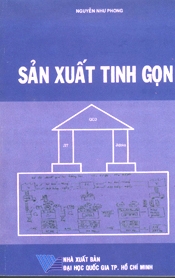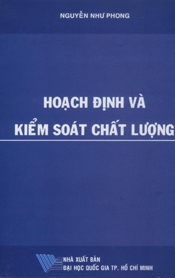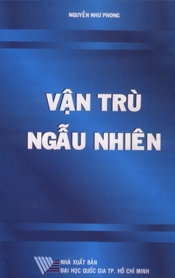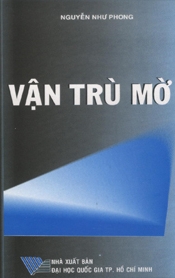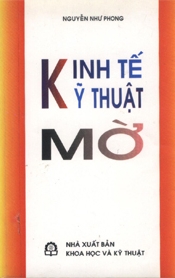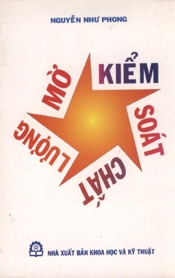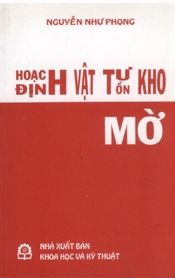
| Improvement of Food Safety and Quality by SPC in Food Processing Systems |
|
Improvement of Food Safety and Quality by Statistical Process Control (SPC) in Food Processing Systems: A Case Study of Traditional Sucuk (Sausage) Processing A. Co?kun Dalgiç1, Hasan Vardin2 and K. Bülent Beliba?li1 (QC 05) Introduction Increasing costumer demand for safe food has lead food industry to build up food safety and quality systems. The food safety and quality are affected by insufficiency on administration, supplier, production technologies, working environment, human resources and control activities. Hazard analyzes and critical control points (HACCP) is a system that identifies, evaluates and controls hazards which are significant for food safety. It is a structured, systematic approach for the control of food safety throughout the commodity system, from the farm to the plate. It requires a good understanding of the relationship between cause and effect in order to be more pro-active and it is a key element in Total Quality Management (TQM). The HACCP system has 7 elements called the HACCP principles and pre-requisite programs that must be in place for the system to operate effectively. HACCP is focused in two main steps, namely; (1) Hazard analysis and critical control points (CCPs) determination and (2) HACCP plan for the food processing. First step includes hazards identification, hazard assessment, preventive measure establishment, CCPs determination and their critical limits. The following step is to carry out HACCP plan preparation; monitoring system, corrective actions, verification system and related record system on each CCP. Statistical tools are an effective way for improving process quality and safety. A large number of managers have achieved the benefits from statistical process control (SPC) implementation. SPC includes flow charts, pareto analysis, histograms, cause-and-effect or Ishikawa diagrams, scatter diagrams, and control charts. Control charts enable the monitoring of key variables during production and they give warning when the process is out-of-control. The best-known charts are the X and s charts that show the temporal variability of the average and standard deviation of the sample subgroups. SPC tools are, particularly control charts, for trend analysis, monitoring and evaluating the critical control points (CCPs) statistically, obtaining advance warning on the status of a critical control point and not just a “Pass/Fail” classification and measuring process outputs and identifying if they vary within statistically defined upper and lower control limits. Use of these tools is discussed by considering traditional sucuk (sausage) process. Sucuk, is a term used for a fermented dry meat product, is a very popular meat product in Turkey and countries located in Balkans, Middle East and Caucasus. Similar type products are also known in most Middle East countries and in European countries. This meat product has been chosen because of its liability to deteriorate easily. Assuring HACCP effectiveness for food safety relies on application of many prerequisite programs. In addition, some processes (Documentation and record process, internal audit process, etc) applied with ISO 9000-Quality Management System (QMS) standard are used with the HACCP system. ISO 22000-Food Safety Management System (FSMS) standard is being introduced as organizing all of these requirements; moreover it is desired to be used as a single standard in the world. These management systems require statistical tools to have an effective implementation.
|



